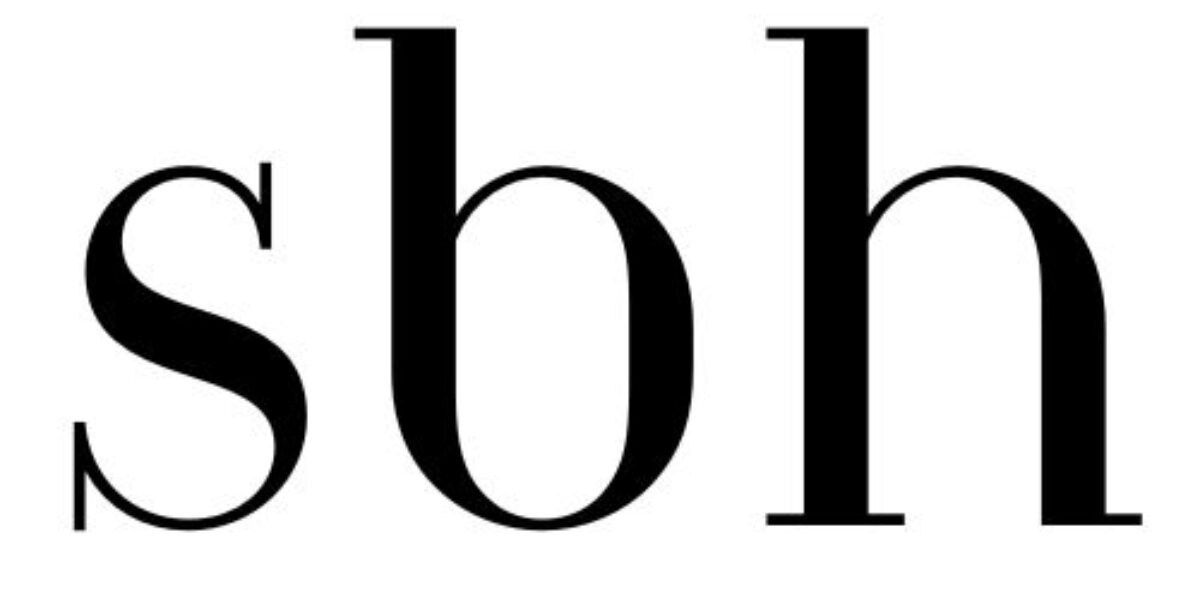Write down your refined goal clearly. This clarifies your thinking. This process is fundamental to the SMART method, which provides a framework to guide goal setting and dramatically increases your chance of success.
The SMART framework involves making your goals:
- Specific
- Measurable
- Attainable or Achievable
- Relevant or Realistic
- Time-based, Timely, or Time-bound
Writing down the goal and applying these criteria allows you to refine a vague objective into a clear, actionable path. It helps you determine exactly what you want to accomplish, outline how you will measure progress, ensure it’s feasible with available resources, confirm it aligns with your business’s broader aims, and set a deadline for completion.
Here’s an example showing how writing down and applying the SMART criteria transforms a vague business goal into a refined, documented SMART goal, clarifying the thinking behind it step-by-step:
Starting with a vague goal: “I want to help my department stay on budget this year”
Applying the SMART criteria through writing and refinement:
Specific: “I will distribute a budget report” (This clarifies the action to be taken).
Measurable: “I will distribute a budget report to stakeholders that shows our department’s current expenses in comparison to our allotted annual budget”(This adds the criteria for measurement).
Achievable: “I will distribute a budget report that shows our department’s current expenses in comparison to our allotted annual budget and I will highlight areas where we are overspending”(This includes highlighting areas, a step needed for the goal to be achievable).
Relevant: “I will distribute a budget report that shows our department’s current expenses in comparison to our allotted annual budget and I will highlight areas where we are overspending. Based on our current spending, I will offer suggestions on how to cut expenses so that we are back within budget”(This ensures the report directly contributes to the relevant outcome of reducing expenses).
Time-based: “Each month this year, I will distribute a budget report to our stakeholders that shows our department’s current expenses in comparison to our allotted annual budget and I will highlight areas where we are overspending. Based on our current spending, I will offer suggestions on how to cut expenses so that we are back within budget” (This adds the timeframe, making it time-bound).
The final documented SMART goal is:
“Each month this year, I will distribute a budget report to our stakeholders that shows our department’s current expenses in comparison to our allotted annual budget and I will highlight areas where we are overspending. Based on our current spending, I will offer suggestions on how to cut expenses so that we are back within budget”
This written statement clearly defines the objective, its metrics, its relevance, and its timeline, making it a well-documented, refined SMART goal
